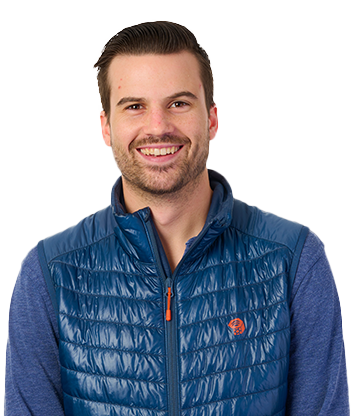
Celebrating the NeuroArt Image Contest Annual Grand Prize Winners
We’re thrilled to announce the winners of this year’s NeuroArt Image Contest Annual Grand Prize! A huge thank you to everyone

MicroDynamix is state-of-the art software that enables you to visualize and quantify changes in spine morphology in repeated imaging experiments. MicroDynamix automatically measures spine dynamics by quantifying changes in shape, volume, and number over time. Simply load your in vivo 3D image data acquired at different time points. MicroDynamix will automatically align the images if they have different orientations in 3D so that you can see how neuronal structures change over time. It will reconstruct dendritic branches, detect dendritic spines, and automatically identify important change in metrics — such as spine length, luminance, classification, head diameter, neck length, and overall number, providing you with quantitative information about the changes.
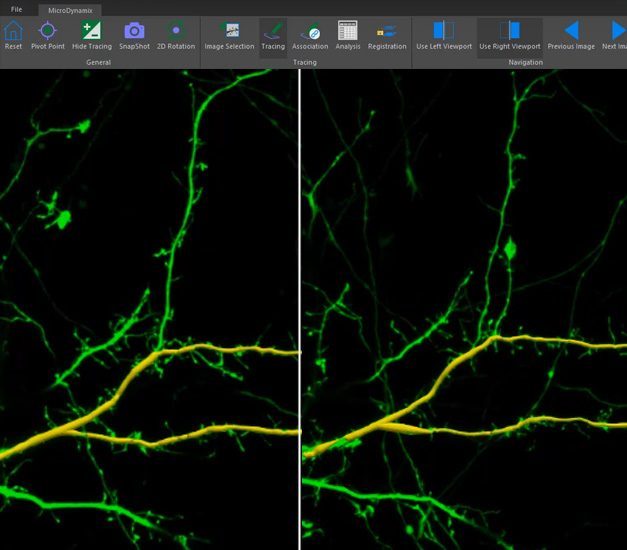
Purpose built to address
MicroDynamix is specially designed to perform 4D analysis of spine dynamics and motility. With its algorithms adapted from the renowned Neurolucida 360 dendritic spine detection and neuron reconstruction capabilities, Microdynamix includes novel functionality requested by neuroscientists performing in vivo imaging of structural changes and dynamic analyses over time. Features include automatic 3D alignment and integrated analyses for dendritic spines. You can align images at different time points from in vivo imaging sessions and analyze morphologic differences in neuronal structures between any or all time points. Building on the Neurolucida 360 interface, MicroDynamix makes it easy for neuroscientists interested in performing in-depth dendritic spine analysis research.
MicroDynamix takes spine analysis a step further, though. With three ways to register and align images from different time points (automatically, manually, and with refined alignment) you have maximum control over the efficiency and accuracy in which images are associated with each other. MicroDynamix also conveniently stores all of the data from the experiment/session in a single file.
Developed with support from the National Institute of Mental Health (NIMH), MicroDynamix was specifically conceived for the neuroscience community by neuroscientists who understand the challenges and breadth of neuroscience research. We are constantly pushing the technological boundaries of our software to support your needs in addressing cutting-edge research questions. Our scientists confer with our customers regularly, incorporating their suggestions into the design of MicroDynamix to help enable discoveries in neuroscience worldwide.
| Minimum Hardware Requirements |
|---|
| 64-bit Windows 10 or 11 operating system |
| Minimum PC hardware configuration: 32GB of RAM, dual core processor graphics card with 8GB of GPU memory |
| Most 3D microscope image stack formats are supported |
Download MicroDynamix product sheet here.
Version 2024.1.1
Released March 2024
New Features and Enhancements:
Version 2021.1.1
Released February 2021
New Features and Enhancements:
View full version history here.
You can sort through quantitative analyses using the integrated data display. Examples of results are: Spine Density per timepoint, Spine Head Diameter, Total Spine Extent. Illuminate key changes easily with publication-quality, customizable graphs and multiple charting options.
Alignment algorithms consider similar pixel saturation, pixel locations, and shape to align all supplemental images to the initial time point. The registration and alignment process enable automatic associations of reconstructed branches and spines throughout all timepoints.
Time-series experiments occur over days, weeks, months or even years. With MicroDynamix, you can start analyzing your data as the image-stacks are acquired, and add sequential time points to the data set over time. Automatically align and register new timepoints with the first timepoint in the series and evaluate trends as the time course proceeds.
MicroDynamix is used across the world by scientists doing in vivo research to quantify morphometric changes in dendritic spines over time through multiple imaging rounds. Found at:




We’re thrilled to announce the winners of this year’s NeuroArt Image Contest Annual Grand Prize! A huge thank you to everyone

To the Scientific Community and the Public, The ongoing freeze and efforts to slash NIH funding pose an existential threat

We are pleased to introduce MBF Bioscience Open Office Hours, a weekly opportunity for researchers to engage directly with our product
MBF’s software utility is underscored by the number of references it receives in the worlds most important scientific publications.
Jeon, K.-I., A. Kumar, et al.
Blocking Mitochondrial Pyruvate Transport Alters Corneal Myofibroblast Phenotype: A New Target for Treating FibrosisView Publication

Wang, Z., D. Zheng, et al.
Enabling Survival of Transplanted Neural Precursor Cells in the Ischemic BrainView Publication

da Silva, S. P., C. C. M. de Castro, et al.
Neuropathological and sociodemographic factors associated with the cortical amyloid load in aging and Alzheimer’s diseaseView Publication
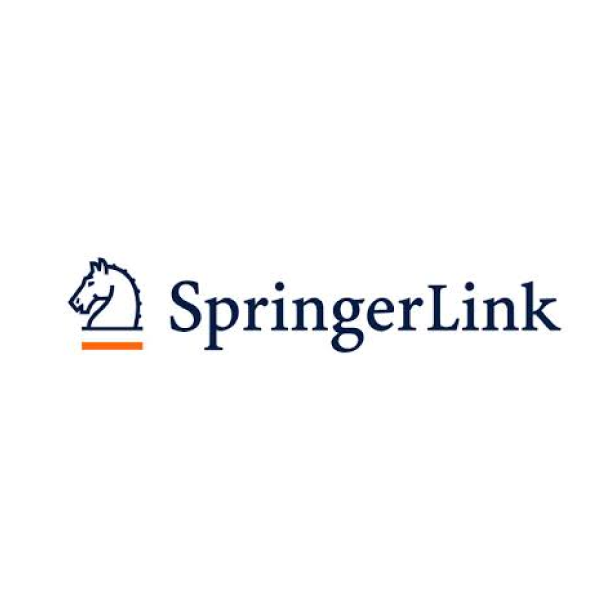
Wang, W., T. Sherry, et al.
An intestinal sphingolipid confers intergenerational neuroprotectionView Publication

Beers, D., D. Goniotaki, et al.
Barcodes distinguishing morphology of neuronal tauopathyView Publication
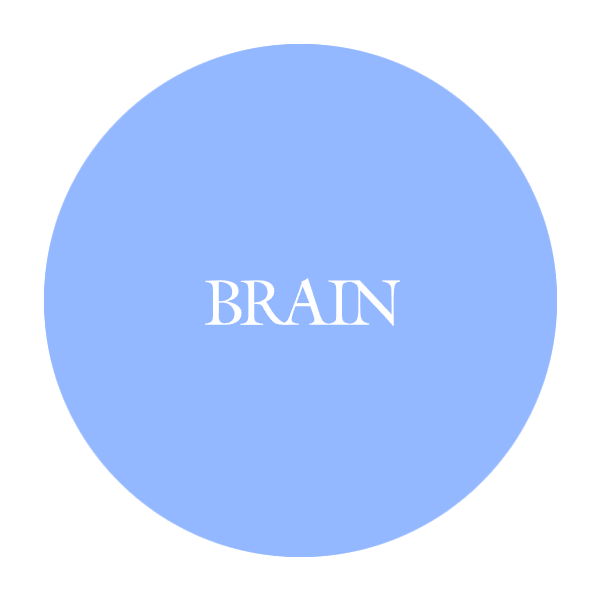
Emily, P., D. Sarah, et al.
Circuit-Specific Plasticity of Callosal Inputs Underlies Cortical TakeoverView Publication

Currently, MicroDynamix supports 3D time-series image data, not 2D time-lapse data. Standard 3D image stacks may be acquired as is typical for 3D in vivo imaging experiments.
MicroDynamix is a graphics-intensive program, which means speed and efficiency depend on both the CPU and GPU in the computer. You’ll need a computer running Windows 10 or later with at least 32GB of RAM and 8GB GPU RAM to provide enough power to start working confidently.
The Image Adjustment panel offers full control over the histogram of the image, including the individual channels that compose the image stack. You can adjust the saturation, brightness, contrast, and even change the false coloring of the image stack to better suit your research objectives.
With integrated batch processing, MicroDynamix allows you to apply image filters to help correct for animal movement during image acquisition. In addition to image filters, with batch processing you can automatically reconstruct multiple images with the same defined reconstruction parameters at the click of a button.
The main difference between these two programs is that MicroDynamix is designed for analyzing in vivo time series image data, specifically quantifying changes over time. With MicroDynamix, you can load and visualize multiple image stacks at once, and associate data between time points automatically. Neurolucida 360 is geared more toward working with fixed tissue specimens; although it can also be used to measure change over time, by manually comparing separate data files from different time points.
Yes, the data file that MicroDynamix produces for each experiment can be saved as individual time points that can be evaluated using either Neurolucida 360 or Neurolucida Explorer, depending on the specifics. With Neurolucida 360 you can add additional structures to your reconstructed data file that aren’t yet available in MicroDynamix. With Neurolucida Explorer, you can explore deeper quantitative results from your existing data structures.
"I rarely have encountered a company so committed to support and troubleshooting as MBF."

Andrew Hardaway, Ph.D. Vanderbuilt University
"MBF Bioscience is extremely responsive to the needs of scientists and is genuinely interested in helping all of us in science do the best job we can."

Sigrid C. Veasey, MD University of Pennsylvania
"I am so happy to be a customer of your company. I always get great help related with your product or not. With the experienced members, you are the best team I've ever met. All of your staff are very kind and helpful. Thank you for your great help and support all the time."
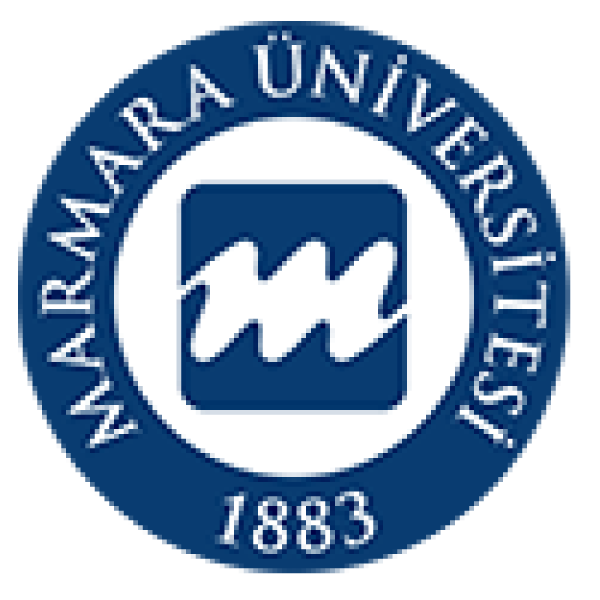
Mazhar Özkan Marmara Üniversitesi Tıp Fakültesi, Turkey
"We’ve been very happy for many years with MBF products and the course of upgrades and improvements. Your service department is outstanding. I have gotten great help from the staff with the software and hardware."

William E. Armstrong, Ph.D. University of Tennessee
"Our experience with the MBF equipment and especially the MBF people has been outstanding. I cannot speak any higher about their professionalism and attention for our needs."

Bogdan A. Stoica, MD University of Maryland
"MBF provides excellent technical support and helps you to find the best technical tools for your research challenges on morphometry."

Wilma Van De Berg, Ph.D. VU University Medical Center - Neuroscience Campus Amsterdam
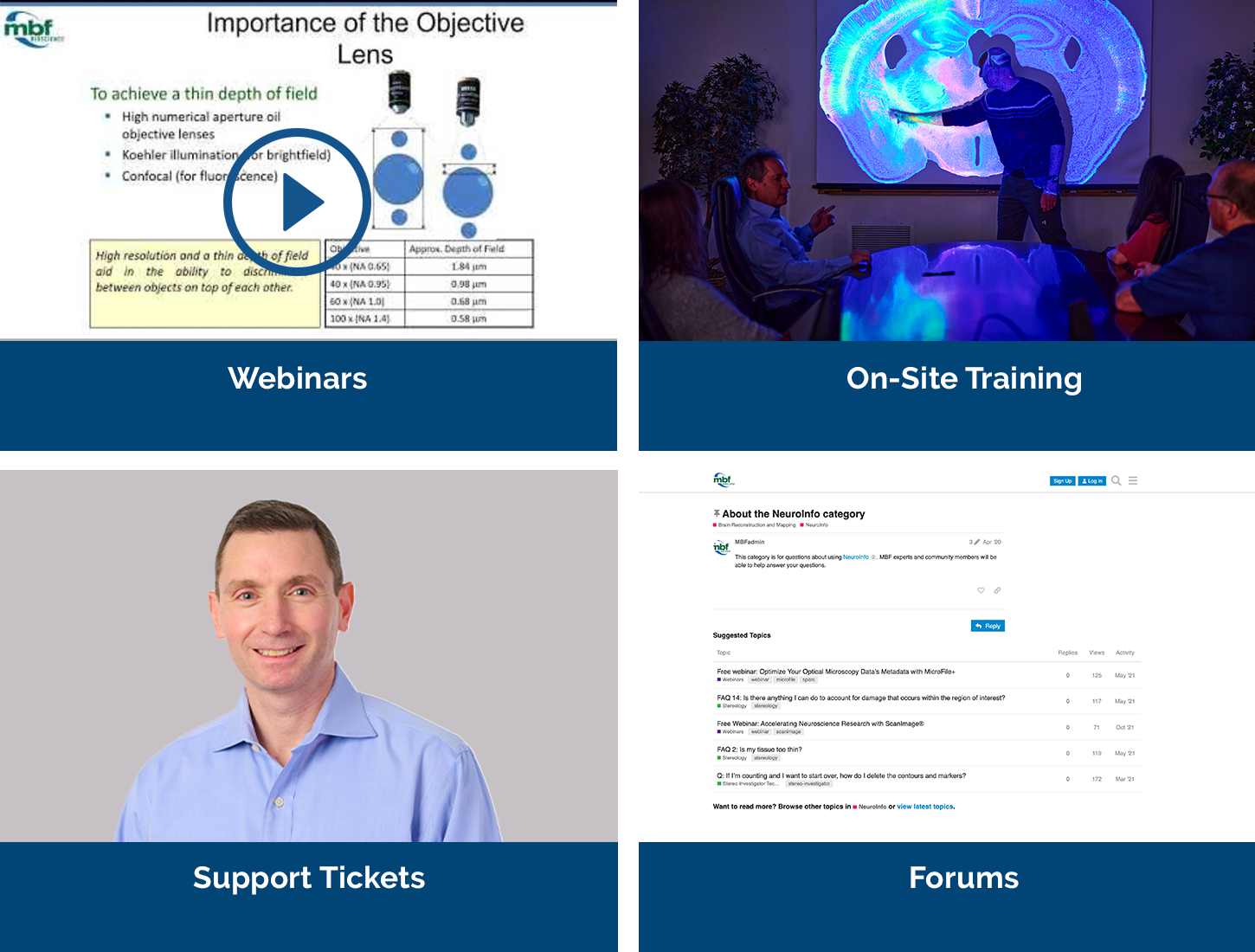
Our service sets us apart, with a team that includes Ph.D. neuroscientists, experts in microscopy, stereology, neuron reconstruction, and image processing. We’ve also developed a host of additional support services, including:
We offer both a free demonstration and a free trial copy of MicroDynamix. During your demonstration you’ll also have the opportunity to talk to us about your hardware, software, or experimental design questions with our team of Ph.D. neuroscientists and experts in microscopy, neuron tracing, and image processing.
Free 14-day trial copy: Download of a copy of MicroDynamix and use the tips and suggestions from the free demonstration to find out how easy it is to use and how quickly you can obtain useful data.
